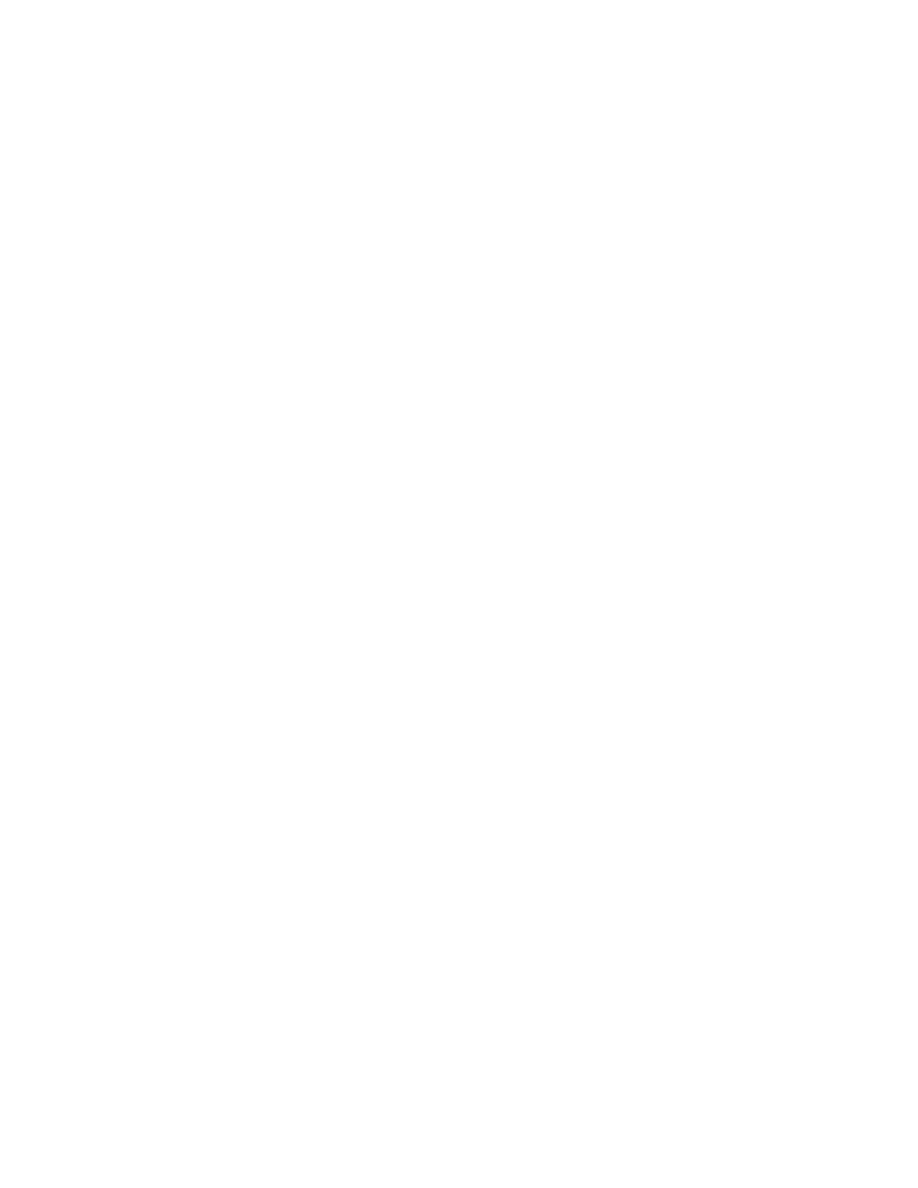
779
Federal Aviation Administration, DOT
§ 29.951
minutes duration each at 60 to 80 per-
cent of maximum continuous speed.
(2) Acceleration and deceleration
must be accomplished in a period not
longer than 10 seconds (except where
maximum engine acceleration rate will
require more than 10 seconds), and the
time for changing speeds may not be
deducted from the specified time for
the overspeed runs.
(3) Overspeed runs must be made with
the rotors in the flattest pitch for
smooth operation.
(e) The tests prescribed in paragraphs
(b) and (d) of this section must be con-
ducted on the rotorcraft and the torque
must be absorbed by the rotors to be
installed, except that other ground or
flight test facilities with other appro-
priate methods of torque absorption
may be used if the conditions of sup-
port and vibration closely simulate the
conditions that would exist during a
test on the rotorcraft.
(f) Each test prescribed by this sec-
tion must be conducted without inter-
vening disassembly and, except for the
lubrication system failure test re-
quired by paragraph (c) of this section,
each part tested must be in a service-
able condition at the conclusion of the
test.
(Secs. 313(a), 601, 603, 604, Federal Aviation
Act of 1958 (49 U.S.C. 1354(a), 1421, 1423 1424),
sec. 6(c), Dept. of Transportation Act (49
U.S.C. 1655(c)))
[Amdt. 29–3, 33 FR 969, Jan. 26, 1968, as
amended by Amdt. 29–17, 43 FR 50601, Oct. 30,
1978; Amdt. 29–26, 53 FR 34216, Sept. 2, 1988]
§ 29.931
Shafting critical speed.
(a) The critical speeds of any shafting
must be determined by demonstration
except that analytical methods may be
used if reliable methods of analysis are
available for the particular design.
(b) If any critical speed lies within,
or close to, the operating ranges for
idling, power-on, and autorotative con-
ditions, the stresses occurring at that
speed must be within safe limits. This
must be shown by tests.
(c) If analytical methods are used and
show that no critical speed lies within
the permissible operating ranges, the
margins between the calculated crit-
ical speeds and the limits of the allow-
able operating ranges must be adequate
to allow for possible variations be-
tween the computed and actual values.
[Amdt. 29–12, 41 FR 55472, Dec. 20, 1976]
§ 29.935
Shafting joints.
Each universal joint, slip joint, and
other shafting joints whose lubrication
is necessary for operation must have
provision for lubrication.
§ 29.939
Turbine engine operating
characteristics.
(a) Turbine engine operating charac-
teristics must be investigated in flight
to determine that no adverse charac-
teristics (such as stall, surge, of flame-
out) are present, to a hazardous degree,
during normal and emergency oper-
ation within the range of operating
limitations of the rotorcraft and of the
engine.
(b) The turbine engine air inlet sys-
tem may not, as a result of airflow dis-
tortion during normal operation, cause
vibration harmful to the engine.
(c) For governor-controlled engines,
it must be shown that there exists no
hazardous torsional instability of the
drive system associated with critical
combinations of power, rotational
speed, and control displacement.
[Amdt. 29–2, 32 FR 6914, May 5, 1967, as
amended by Amdt. 29–12, 41 FR 55473, Dec. 20,
1976]
F
UEL
S
YSTEM
§ 29.951
General.
(a) Each fuel system must be con-
structed and arranged to ensure a flow
of fuel at a rate and pressure estab-
lished for proper engine and auxiliary
power unit functioning under any like-
ly operating conditions, including the
maneuvers for which certification is
requested and during which the engine
or auxiliary power unit is permitted to
be in operation.
(b) Each fuel system must be ar-
ranged so that—
(1) No engine or fuel pump can draw
fuel from more than one tank at a
time; or
(2) There are means to prevent intro-
ducing air into the system.
(c) Each fuel system for a turbine en-
gine must be capable of sustained oper-
ation throughout its flow and pressure
range with fuel initially saturated with
VerDate Mar<15>2010
10:12 Mar 18, 2014
Jkt 232046
PO 00000
Frm 00789
Fmt 8010
Sfmt 8010
Y:\SGML\232046.XXX
232046
pmangrum on DSK3VPTVN1PROD with CFR